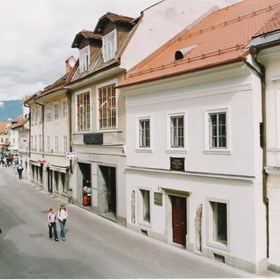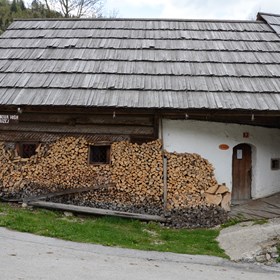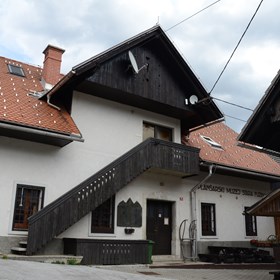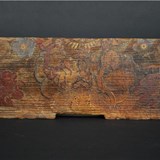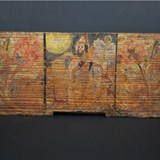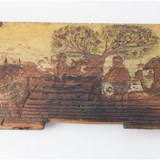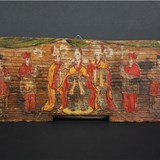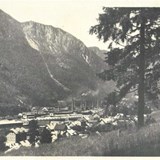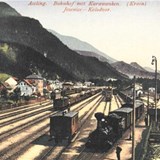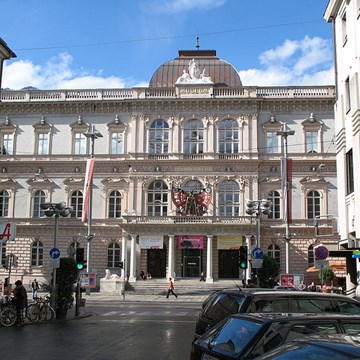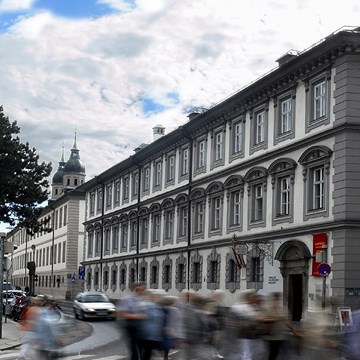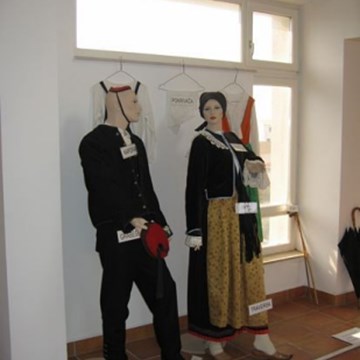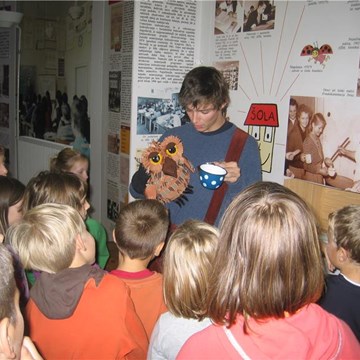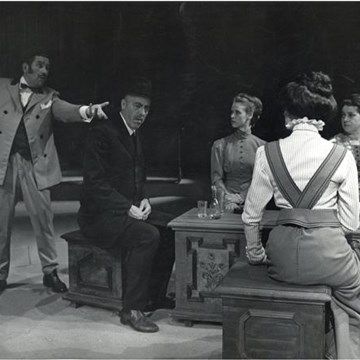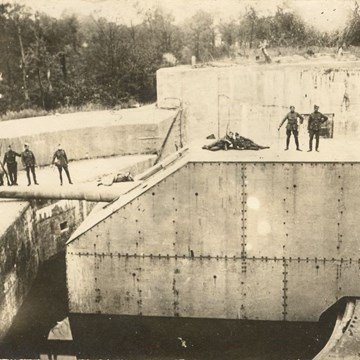Castle Khislstein
Gorenjski muzej - Grad Khislstein
The manor in the heart of Kranj lies above the bridge over the Sava River, on the part of the city promontory fortified from ancient times until the early Middle Ages. There was a town wall here more than 1,500 years ago. In 1256, the land was given to the Ortenburger family who built a fortress there. When the last of the family passed away, the land was given to the Counts of Celje, and was later passed on to the House of Habsburg.
The manor building was built between the 15th and 19th centuries, but derives its current image from the 17th century. The southeast part of the manor was built during the period of Turkish invasions and was incorporated into the city’s defence wall. A defence tower was added in the early 16th century, next to which a two-story residential building was later built. In the mid 16th century, the manor was bought by the businessman Janez Khisl from Fužine and converted into an aristocratic manor in 1578. It was named after him. Later owners of the mansion included the aristocratic Mosconni family, and Counts Barbo and Auersperg. At the end of 18th century, the manor was bought by Natalis Pagliaruzzi, whose successors kept the manor until 1913 when it became municipal property.
The Khislstein manor is adorned by main and courtyard portals, which were developed in the second half of the 16th century. The courtyard wing and vaulted hallways are the result of reconstruction in the 18th and 19th centuries.
The Gorenjska Museum was headquartered in Khislstein until 2008, when the owner of the manor, the Municipality of Kranj, began renovations with the help of European funding.
A new permanent exhibition, Beautiful (Prelepa Gorenjska), is shown in the renovated area of the manor, which leads visitors through major milestones of life in the Gorenjska region, from the early Middle Ages to today. The exhibition begins by showing characteristics of the Gorenjska region, and leads to the time of the arrival of the Slovenes. It teaches about life in castles and the hardships faced by the rural population. It shows an image of old Kranj and how people used to travel and transport goods. The exhibition highlights trade and the beginning of the industrial age, which greatly influenced the development of Kranj. The focal point of the exhibition is the 19th century, from which exceptional individuals of the Gorenjska region who greatly contributed to the shaping of Slovenian national consciousness and identity are presented in a sort of shrine. Visitors can also visit a farmer’s sitting room, see a bride’s wedding dress and admire a sophisticated bourgeois salon from Prešeren’s time.
The story of the new permanent exhibition also mentions the memory of factory workers’ misery and horror during both world wars. It displays the extraordinary industrial achievements of local enterprises and factories. A special place in the exhibition is reserved for Slovenia's 10-day war of independence in 1991, in which the Gorenjska region played an important role. The museum's timeline of events concludes with the entry of Slovenia into the European Union.
There is also a technical museum library and teaching room for the youngest visitors.
Other venues
Exhibitions and events
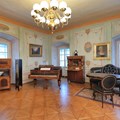
Prelepa Gorenjska
Permanent exhibitionNova stalna razstava Gorenjskega muzeja Prelepa Gorenjska je zasnovana kot sprehod skozi čas v dvanajstih epizodah v prvem nadstropju in na podstrehi. Razstavne zgodbe o Gorenjski in ljudeh...
Educational programs
We don't have anything to show you here.



